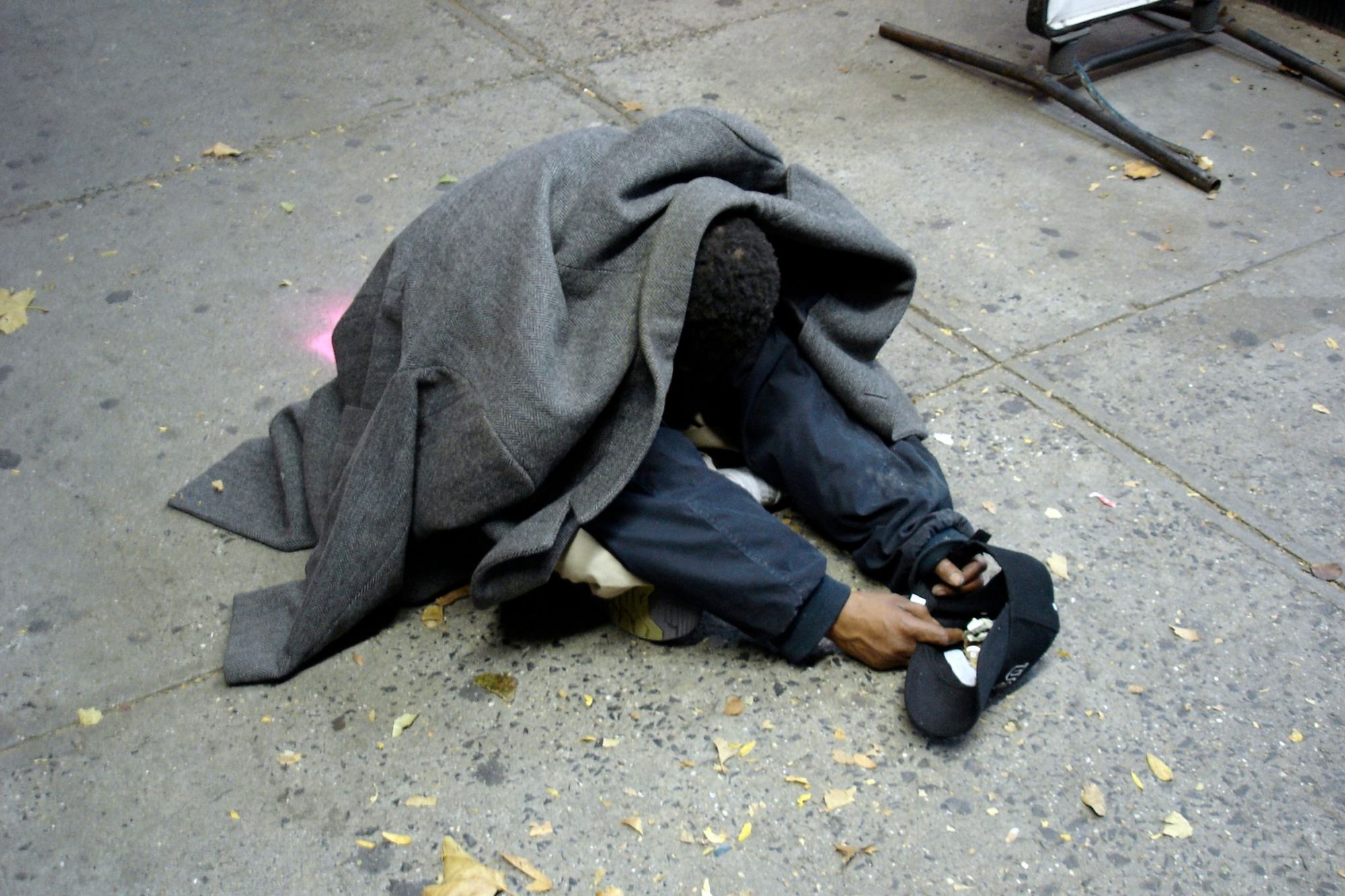Which Brooklyn Neighborhoods Have Seen The Greatest Spike In Homelessness Reports?


An interactive map on Gothamist shows which New York neighborhoods have seen the greatest spike in vagrancy complaints.
The map was created by freelance data journalist Steven Melendez, who analyzed calls about homelessness made to 311 from January 1 to August 31 in both 2014 and 2015. The Brooklyn neighborhoods with the most severe increase in calls, meaning that reports rose by more than 200 percent over the previous year, included Marine Park, Mill Basin, Bergen Beach, parts of Gravesend and Bensonhurst, Ditmas Park, Prospect Park, Bushwick and Greenpoint.
Check out the map below, courtesy of Gothamist, to see how your neighborhood compares.
The press and public have given enormous attention to the homeless crisis this summer, which has accompanied a surge in rental prices brought on by New York’s rampaging real estate market. A study by StreetEasy concluded that a worker needs to earn a minimum hourly wage of $38.80 to afford the city’s median rent. In Brooklyn, the minimum hourly wage to make average rent is $35.87.
CIty Comptroller Scott Stringer, writing an op-ed in the Daily News, said more than 56,000 New Yorkers slept in a shelter on a single night this month. He argued that a portion of the affordable housing being built by the city should be set aside for the homeless.
He also pointed out that only 3,000 of the 20,000 affordable units created or preserved in fiscal year 2015 were set aside for people earning less than $38,000 a year.
“The hard truth is that the city needs a long-term strategy to address the root causes of homelessness. Instead, we’ve seen an ad-hoc, piecemeal approach that relies on opening shelters on short notice with lax oversight and quality control,” Stringer wrote.
Residents are encouraged to call 311 if they spot a homeless person who is creating a hazard, which might include:
- Ill outside during a cold weather emergency.
- Blocking a sidewalk or ATM.
- Outstretched or sleeping in a subway, on the tracks, or in another Transit District area.
- Creating a danger to themselves or others.
You may also report a homeless person who “repeatedly occupies the same location or establishes an encampment,” according to the city. Police will respond to calls about vagrancy if they are not already handling an emergency situation.




